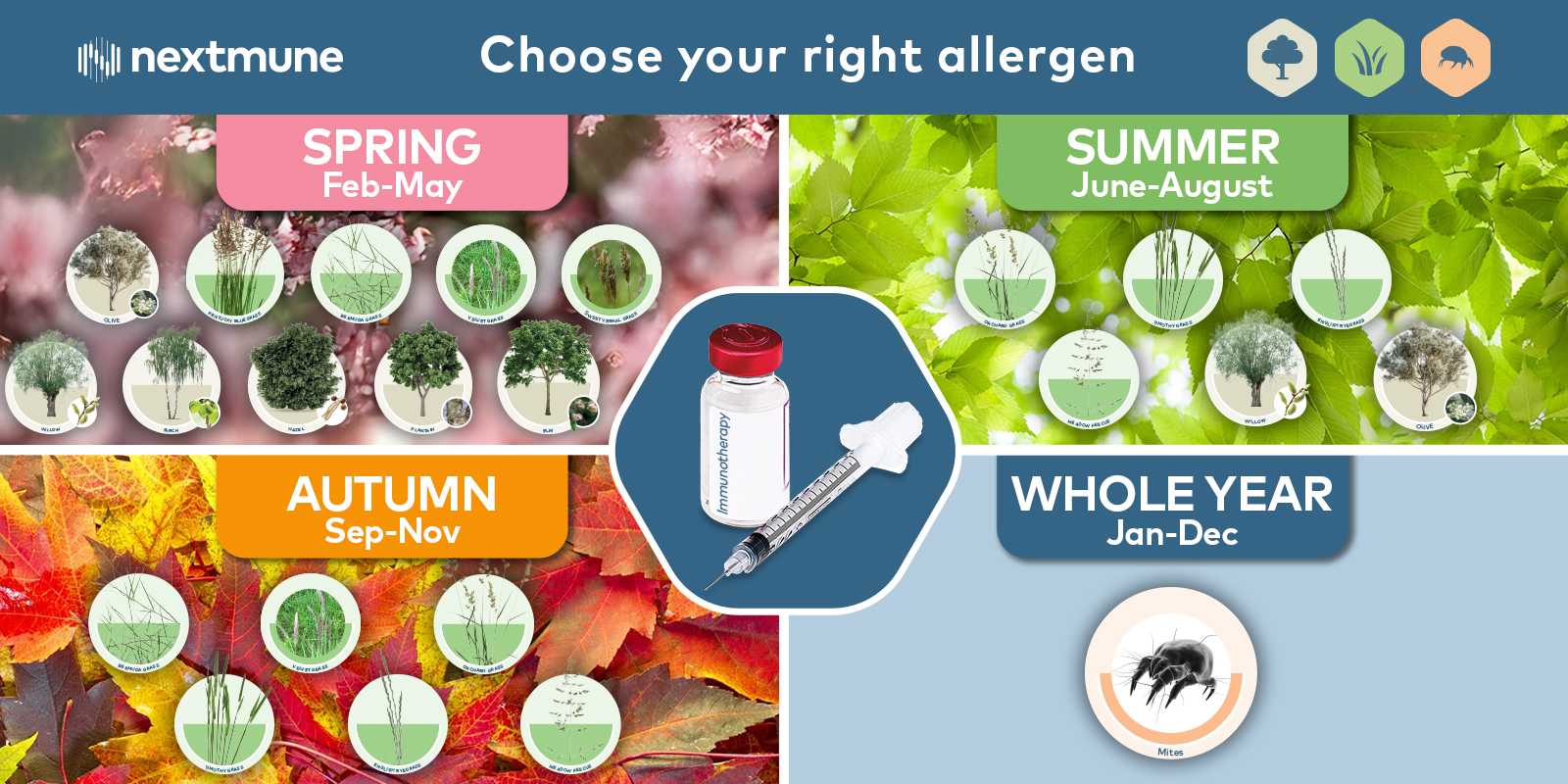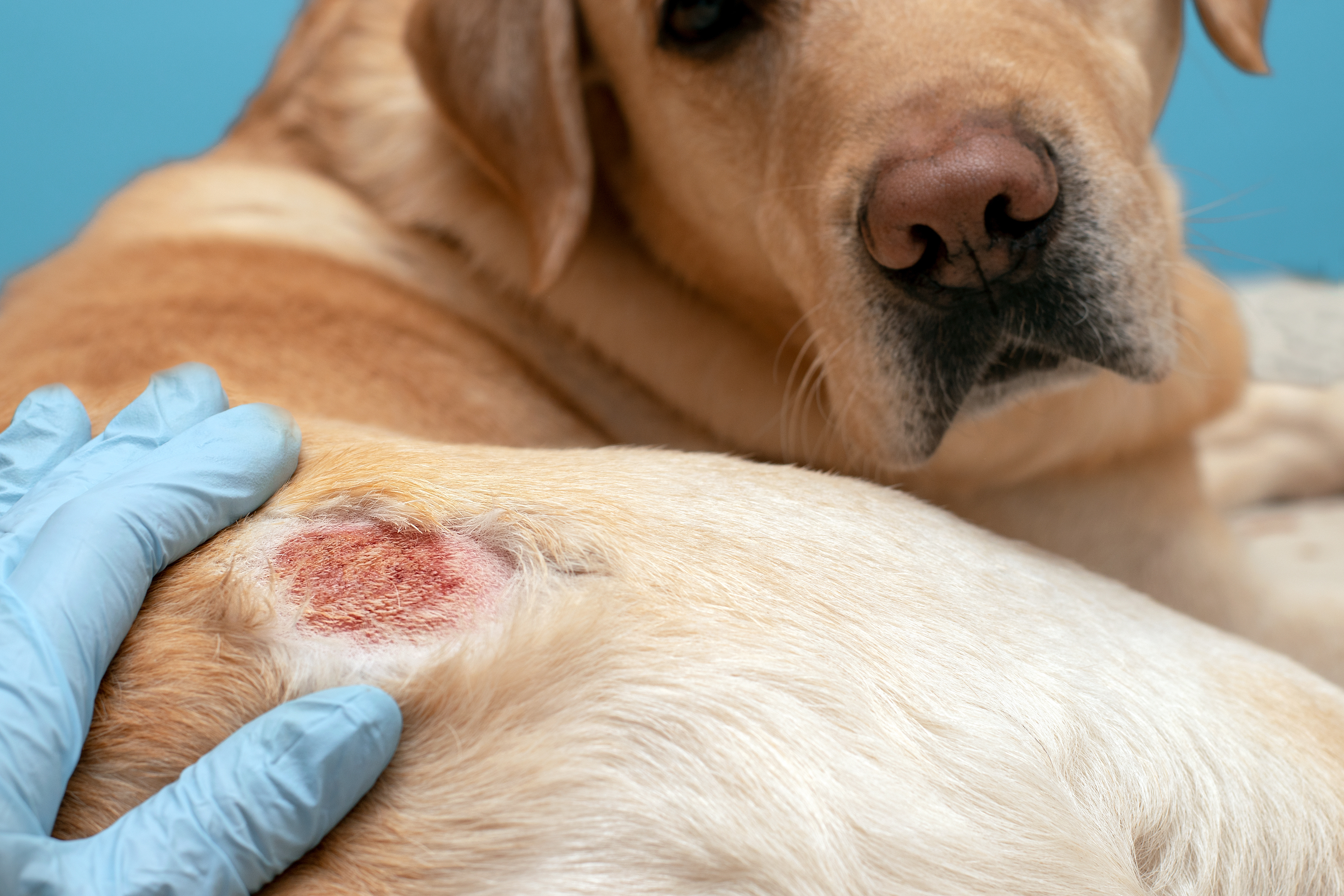Kongressen hadde over 900 deltagere og en stor fagutstilling. Syv veterinærer fra Nextmune Scandinavia deltok på den europeiske dermatologikongressen i Porto i september. Veterinær dermatolog Katinka Hvitman Graflund deler noen av sine «gullkorn» med oss.
Presence of material within the tympanic bullae of French Bulldogs (FB) without signs of otic disease. A retrospective study of Magnetic Resonance Imaging, 2017-2020. A Urkiola
- How often do FB have middle ear effusion without signs of ear disease?
- 198 tympanic bullae evaluated
- 63 % had bilateral material in middle ear
- 36 % had unilateral content
- Brachycephalic dogs have middle ear effusion in large studies (several)
- Need to take into account if middle ear effusion in FB has anything to do with the otitis externa when evaluating FB with ear disease
A randomized controlled trial testing the rebound-preventing benefit of 4 days of prednisolone during the induction of oclacitinib therapy in dogs with atopic dermatitis. T Olivry.
- Initially oclacitinib does not reduce cytokine transcription -> that happens after a while. Early only antipruritic effect
- Combining prednisolone and oclacitinib for initial 4 days of oclacitinib therapy
- Higher proportion of less lesions in combined treatment oclacitinib + glucocorticoid compared to monotherapy with oclacitinib.
- Self-limiting side effects
Genetics: Atopic dermatitis – humans and dogs
HAD = Human Atopic Dermatitis. Heritability in humans
- AD up to 90%
- Hay fever 33-91%
- Asthma 31-96 %
- HAD:
- About 30 % have defect FLG, fillagrin gene
- 73 % still unexplained
cAD = canine Atopic Dermatitis.
- cAD sensu stricto: with IgE.
- cAD intrinsic: without IgE
cAD: 3-15 % worldwide and increasing.
- Antibiotics + gut microbiota + environment + lifestyle: interrelated with cAD.
- Living area + exercise area + accomodation for owner and dog (both mother and puppies):
- strongly indicated in the development to either cAD or healthy individuals
- Urban environments predispose dogs and their owners to AD
- Acinetobacter more dominant in rural /agricultural areas
- this environment in early life is associated with this gut flora and with healthier dogs
- Escherichia shigella
- more prevalent in gut in atopic dogs
- High-carbohydrate diets
- more protective from cAD!
- Often concurrent allergies in humans and their dogs
Genetic skin diseases (here, we just picked the most common ones)
Ichtyoses: hereditary cornification disorders. Mostly single genes and single variants in cornification disorders
- Jack Russel Terrier: TGM1
- German Shepherd Dog: ASPRV1
- American Bully: NIPAL4
- Golden Retriever: PNLA1, almost 1% of 1 million Golden retrievers had this variant (!); ABDH5
- Great Dane: SLC27A4
Hyperkeratosis: localized cornification disorders affecting keratin intermediate filaments
Pawpads
- Norfolk terrier; KRT10
- Dogue de Bordeaux; KRT16
- Kromforhrländer & Irish Terrier; FAM83G
- Rottweiler; DSG1
Nasal planum (HNPK = hereditary Nasal Parakeratosis)
- Labrador Retriever & Greyhounds; SUV39H3
The past, present and the future of allergen immunotherapy. M Akdis
Allergen-specific immunotherapy
- Monotherapy is successful in >90 % of Human Atopic Dermatitis
- If allergen is exposed to mucosa, then immunity will induce TGFβ and later IgA as well
- SLIT is preferable to SCIT in humans
- The immune response to allergen immunotherapy (AIT) roughly divided into 4 categories:
- Rapid desensitization of mast cells and basophils: increased HR2 expression on basophils early in VIT (Venom ImmunTherapy) -> increases ca-influx
- Induction of allergen-specific Treg and Breg cells: IL-10 induced peripheral T cell tolerance in bee venom specific IT and enhanced IL-10 secretion from B-regulatory (Breg; BR1) cells
- IL-10 is also an anti-depressant cytokine -> beekeepers are happier 😊
- Changes in humoral responses characterized by early increases in allergen-specific IgG4 and IgE, sometimes followed by reduction in allergen-specific IgE
- Phospholipase A2-specific B-cells (PLA-specific B-cells) secretes PLA-Specific IgA
- IgA increases 1000-fold during tolerance induction
- Counteract effect of IgE
- IgE can later diminish in some patients
- Decreases in mastcells and eosinophils in affected tissues
- Phospholipase A2-specific B-cells (PLA-specific B-cells) secretes PLA-Specific IgA
I neste nyhetsbrev:
Flere gullkorn og mer om PAX, Nextmune sine nye molekulære IgE test.
SAVE THE DATE – vinn kongress billett
Neste års ESVD kongress holdes i Gøteborg 31. august til 02. september.
Vi i Nextmune håper at mange skandinaviske veterinærer vil delta. Du kan vinne en kongressbillett her: https://go.nextmune.com/en/competition-win-congress-tickets-for-esvd-2023-gothenburg
En god høst ønskes fra
Team Nextmune
 Norge
Norge




